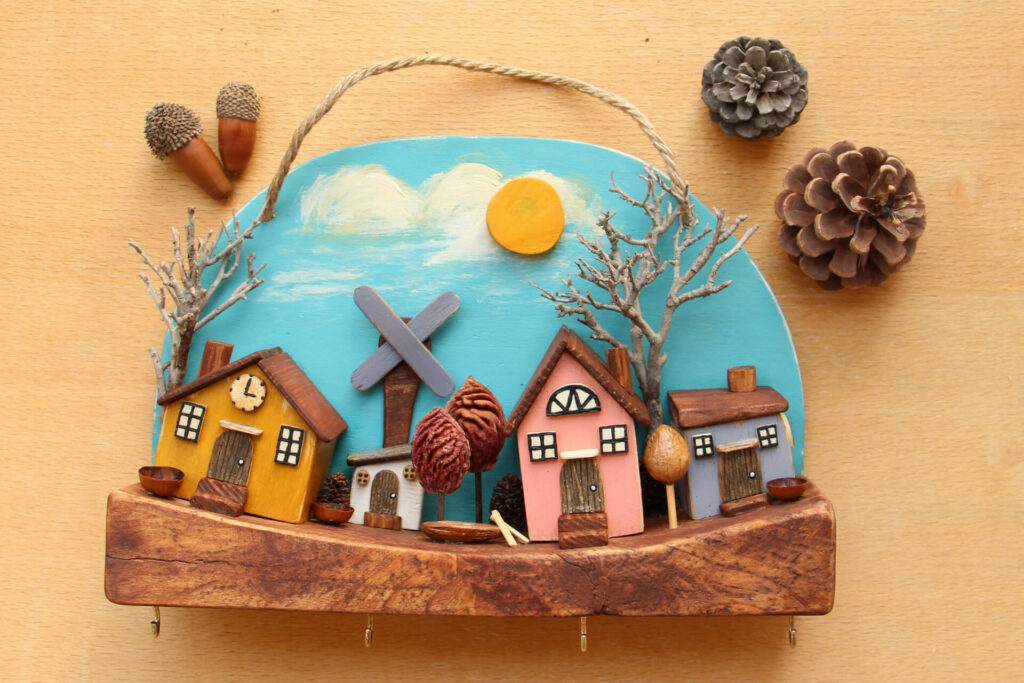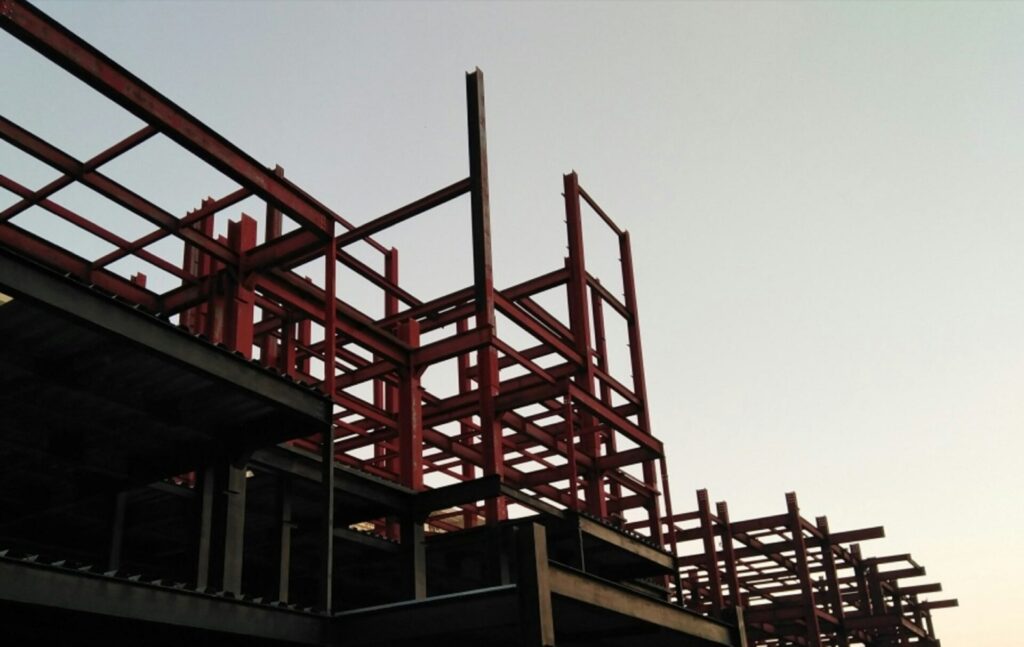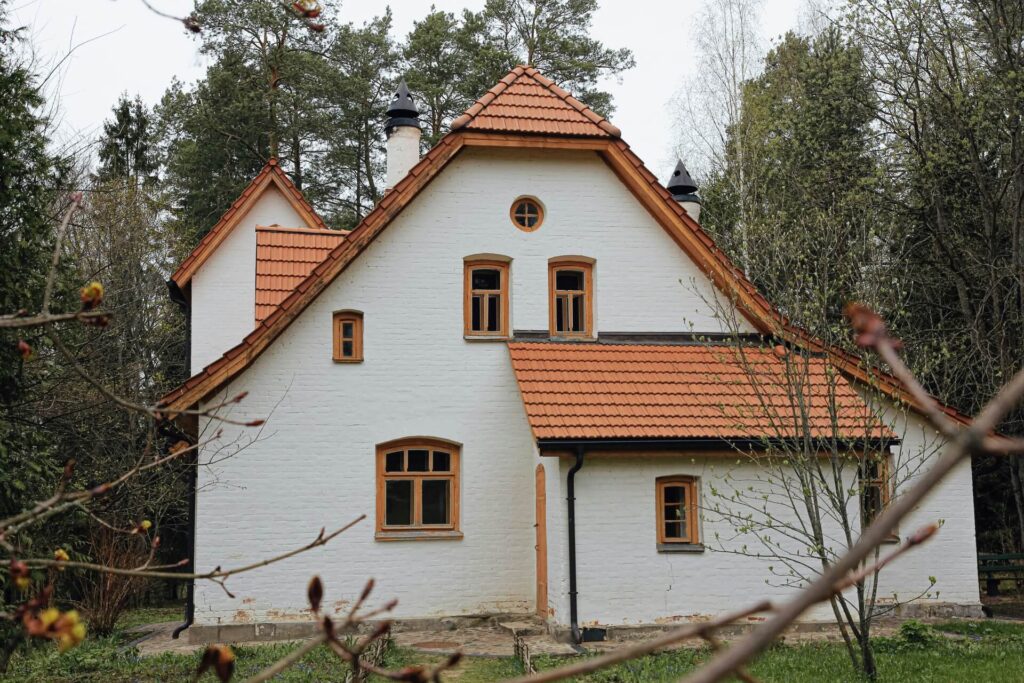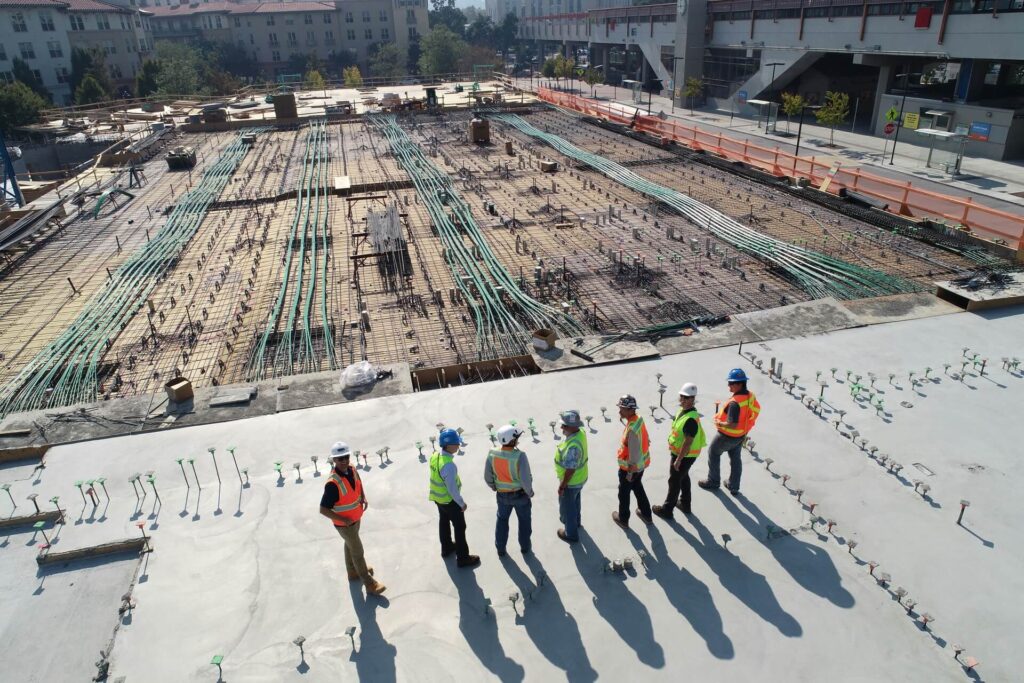
We are reader-supported. When you buy through links on our site, we may earn an affiliate commission.
Buying a new house is an exciting, but stressful experience. Even if you find your dream home, you still need to make sure the construction is high-quality and the house is built to last. With supply and labor shortages plaguing the industry, bad workmanship is more likely to occur.
The home inspection process is almost impossible for someone with an untrained eye. You need to know the telltale signs of defective construction. Here are seven of the most common examples of workmanship that homebuyers should know before signing the dotted line.
1. Shoddy Siding
Stucco siding shouldn’t have any flakes or cracks. If you notice these defects, it likely means the contractor didn’t apply the siding correctly. These abrasions will get bigger and might even spread to the trim around the corners of doors and windows. This leaves the home more exposed to water damage, pest infestation and indoor temperature fluctuations.
Wooden siding can also develop cracks from too much moisture absorption, even if it was installed correctly. The most probable reason for cracked wood siding is that the contractor didn’t stain and seal it to ensure full protection.
2. Cracks in the Pavement
If you notice cracks in the sidewalk, driveway or patio, there is a weak point somewhere that caused the cracks to develop. The weak point could come from uneven concrete distribution or an underlying soil problem. In either case, the cracks will likely get worse over time and the pavement will shift out of place.
Cracked cement is also more vulnerable to weather changes. When the temperature rises, it will expand more than it’s supposed to. When the temperature drops, it will contract more than usual. This cycle can multiply the cracks in a hurry. Steer clear of homes on the market with cracked patios and driveways.
3. Insufficient Drainage
Every house should have a drainage system that carries water away from the structure. It often requires a grade up to four inches. If you notice water accumulating near the house, that’s a strong sign the grade isn’t steep enough. If the water can’t go away from the house, it might seep into the basement, crawl spaces and other areas on the ground floor.
As a general rule, you shouldn’t buy a house with its own personal floodplain. It doesn’t matter what type of climate you live in. If and when it rains, the drainage system won’t be able to redirect the water without a steep enough slope.
4. Cracked Drywall
To be fair, drywall cracks are usually the results of shrinking lumber and not bad workmanship. That’s why many contractors have one-year warranties for this specific problem. You don’t have to eliminate the home from your list of options, but you should wait and see if the builders can repair the cracks before making an offer.
Drywall issues might no longer exist in the near future with new construction materials hitting the mainstream, but it remains an important factor for homebuyers for now.
5. High Humidity
High indoor humidity is a strong sign of poor air circulation. The walls, windows and doors don’t have enough insulation, and the house’s layout doesn’t allow for proper ventilation. Both are major instances of bad workmanship from the contractor and designer. Humidity and high moisture levels lead to many other indoor problems:
- Paint bubbles
- Tile cracks
- Curling linoleum
- Condensation between windows
- Water stains around entryways
- Damage to sensitive furniture
Unless you plan on investing in an expensive HVAC system, a humid house will be a nightmare to manage. The seasonal effects will be more extreme and you’ll have to work extra hard to keep a consistent temperature. It’s not worth the effort.
6. Uneven Flooring
One sign of bad workmanship that you will notice immediately is uneven flooring. Any sloping or sagging points are major red flags. They look terrible, of course, but they might also signify a more serious underlying problem. The house’s foundation might have shifted, the soil could have moved, or water might have seeped under the house. All three could be nightmares for homeowners. Steer clear of any houses with uneven flooring.
7. Doors Sticking Shut
Doors often stick shut due to improper installation. This problem can worsen over time as the materials absorb moisture. It’s crucial to nip this problem in the bud before the doors can no longer open. If you’re intent on buying the house, fixing the doors should be one of the first items on your to-do list. Otherwise, take your search elsewhere.
Be an Informed Homebuyer
Homebuyers can’t afford to be ignorant, especially in today’s housing market. Keep a close watch for these signs of bad workmanship so you don’t get stuck with a problematic house. Knowing the telltale signs will help you make an informed decision and find the best house for your needs and preferences.







